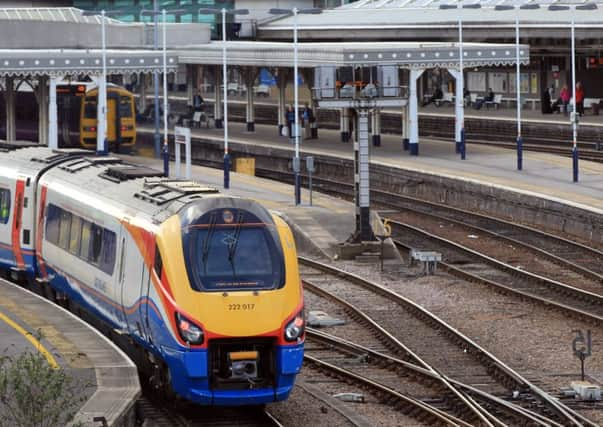YP Letters: No light at the end of the tunnel for Sheffield's rail service


LITTLE hope sums up the Sheffield City Region (SCR) and Transport for the North (TftN) consultations on rail for Sheffield, with the city remaining a rail pauper. Northern England unification by means of the Northern Powerhouse, TftN and Northern Powerhouse Rail is dependent on connectivity and capacity which are inseparable. How committed is the SCR?
At the Sheffield TftN launch, the SCR take on new stations was they were very expensive and that tram-train was cheaper. Wrong. Tram-train is five times over budget. On capacity, the SCR response was that local services would be withdrawn to accommodate tram-train. Is this all local services? With the national rail network operating at full capacity, is this not premature, and might not other stakeholders have a different view on the matter? How green would it be? Does it not smack of insularity and parochialism leaving it at odds with the wider Northern Powerhouse concept? Is the SCR seeking to become a modern day Beeching?
Advertisement
Hide AdAdvertisement
Hide AdCapacity is not solely an SCR issue because these services serve places further afield which benefits the local economy and therefore these passengers cannot just be ditched. This includes the Penistone line which is public transport between Huddersfield-Sheffield and Huddersfield-Barnsley, a route which requires infrastructure investment to deliver an half-hourly timetable that the population served warrants.
Where does the SCR stand on the Swinton-Dore and Totley corridor, identified by Railtrack in 1998 as a major bottleneck, and used by more services today? Does the SCR support the need for track quadrupling on this vital section of the national rail network?
Sheffield must secure a vastly improved rail offer. What has been the cost of a lack of pedigree and tradition leaving the city with threadbare rail credentials and matching infrastructure? Second best Sheffield, perfectly illustrated by the wires reaching the former steel town of Corby, population 62,000, while the Steel City, nine times larger, suffered excruciating electrification exclusion and the consolation prize of inferior bi-mode operation.
Sheffield requires a strategy offering vision embracing determination, drive, fight and fire; all signals that it has consistently failed to transmit. Without a change of mentality, will there ever be light at the end of the tunnel for the city?